Hi Everyone
I hope everyone is having a strong week, gearing up and start planning Q4 OKRs, targets and strategies. Today we have an exciting piece by Trevor Longino, from CrowdTamers.
They grow startups from $0 to $2MM+ ARR, and Trevor has helped 79 startups build million-dollar marketing engines in the last four years.
In this newsletter, he shares his tried and tested growth strategy to reliably build a million-dollar marketing engine starting with as little as $100.
At the end you can also claim free an ad template pack to get started with the approach if it sounds like something you want to try.
Enjoy the read.
- Stefan
|
How to reliably build a million-dollar marketing engine starting with $100.
by Trevor, from CrowdTamers |
|
|
I’ve helped 79 startups build million-dollar marketing engines in the last four years. I’ve been a startup marketer for 20 years, and I’ve helped grow nearly 100 companies from $0 to millions of revenue. Not because I’m such a genius marketer, but because there’s a system that can take any new product, feature, or startup from $0 to $1MM+ in revenue dependably.
And I’ll share it with you in this newsletter.
The Challenge
Marketing an innovative new feature or product you know would do great in the market if only people would take you seriously. When you get a lead on the phone or when someone tries out an actual demo, they love what they see, but there’s a big problem: most people don’t want to see what you built.
There’s a reason for this and it’s simple: no one cares about your product. This is not a condemnation of your product, but rather a natural part of life.
People don’t want another thing to pay attention to. They want someone to solve a problem that they have. If you don’t frame what you or your team built into a solution to a problem that you’re addressing, you will find it very hard to cut through the noise and get attention.
But there’s a catch. In order to position your product as a solution to a problem, you have to solve a 3-variable equation:
|
I don't know how good you are with calculus, but the “Three-Body Problem” is famously unsolvable.
But we don’t pack up and go home. We don’t need a precise answer in the world of business for the perfect possible solution of audience, problem, and offer. We just need something close enough to make money.
And that’s easier.
All we have to do is gather thousands of data points, and we can solve this with the power of statistics. “Thousands of data points” might sound scary, but there’s an easy way to quickly get those thousands of data points: paid ads on Meta.
There, you can find your audience—B2B or B2C, I would note—and see if they care about what it is that you tell them they need to fix. The way we measure this interest is via the click-through rate on the ads.
I know what you’re thinking: CTR is a terrible metric, and only terrible marketers use it to justify why they can’t make money. Hold on a second: think of a simple ad as a simple one-question survey. What you’re asking is “do you want this?” and the overwhelming answer will be “no”.
But if someone clicks? That’s a yes.
We’re not building the whole of your marketing process yet. We’re just measuring interest at the beginning of the buyer’s journey.
Notice I didn’t say “top of the sales funnel.” I [personally think the “sales funnel” is a terrible model, but let’s just focus on the buyer’s journey as a series of discrete steps instead of getting sidetracked.
If we’re just measuring interest at the surface level, CTR is a perfectly fine metric to start with, but the catch is that you can’t use any of the marketing tricks you know to boost CTR.
Attractive ads get clicks because they’re attractive. You don’t want to manipulate your ad performance that way. So you have to make stupid-looking ads like this: |
What we’re doing here is seeing if people who are not actively looking for your product, but who you target as interested in your product, might interrupt their latest doom scroll to check you out.
You want to see 3 things here: 1. How many people click? Is your CTR north of 1%
2. What was that cost per click? Was it less than 1.3% of your LTV? 3. How long was time on site? Was it over 30 seconds?
If you get a yes to all of these, you have an interested audience. If you don’t get a yes to them, then either your ad doesn’t get people’s interest (low CTR), your audience is maybe too expensive to acquire through paid channels (high CPC), or your landing page isn’t very compelling (low time on site).
---
💡 Minimum viable sprint ads run with a $100 budget for just 48 hours. That’s it. You’ll get thousands of data points (by which I mean “impressions" which either did or did not lead to a click) per ad. You’ll get statistically relevant data for any marketing question you want answered in just 2 days. ---
If you have an interested audience, you go from “Awareness” stage of that pyramid and start to figure out how to get the buyer across the attention gap and into an Acquisition mindset.
Let me explain with a story:
|
Growing GrowthSpace’s Addressable Market
GrowthSpace is an HR tech company that provides training to people in mid to large companies. This is a really crowded space and they faced headwinds from numerous competitors, some of whom were substantially better funded than they were.
Key challenges for companies in the HR software space often include:
- High customer acquisition costs on platforms like LinkedIn
- Difficulty in distinguishing themselves in crowded markets
- Ineffective lead generation and conversion strategies
- Limited budget for extensive marketing campaigns
Their LinkedIn-focused strategy worked, but it was expensive, with costs per lead over $200. This limited who they could provide services to, simply because they needed to keep their pricing high enough to still thrive on a high cost per lead.
By implementing our data-driven approach and Minimum Viable Sprints (MVS) methodology, we were able to dramatically transform GrowthSpace's marketing strategy and results:
1. Diversified Lead Generation:
We expanded beyond LinkedIn, using platforms like Meta (where we dropped CPL to $36) and finally Pinterest (where we dropped CPL to just $12). This diversification not only reduced dependency on a single, expensive channel but also opened up new audience segments.
2. Significantly Reduced Acquisition Costs:
By optimizing campaigns across multiple platforms and continuously refining targeting, we managed to bring down the cost per lead from over $200 to under $20. This 90% reduction in acquisition costs was a game-changer for GrowthSpace and helped them find a new addressable market and persuasively argue to investors that they were ready for a follow-up round of investment to tackle this new opportunity.
3. Data-Driven Decision Making:
By implementing our MVS methodology, GrowthSpace adopted a culture of continuous testing and optimization. This allowed them to make informed decisions quickly and adapt their strategy based on real-time data. |
Putting this into practice (another story)
Hippoc, an innovative AI-powered ad performance prediction tool, faced challenges typical of many tech startups:
- Difficulty in gaining market trust despite groundbreaking technology
- Struggle to convert interest into actual sales
- Limited resources for extensive marketing campaigns
- Need to prove market potential to secure funding
Applying a data-driven Minimum Viable Sprints (MVS) made a huge difference, and quickly:
1. Cost-Efficient Acquisition:
Our targeted approach led to a 66% decrease in Cost-Per-Lead (CPL), making customer acquisition much more sustainable.
2. Validated Market Potential:
The improved metrics provided concrete evidence of Hippoc's market viability, crucial for investor confidence.
3. Funding Success:
Our efforts contributed to Hippoc securing $3.5 million in funding, a testament to the effectiveness of the strategy. |
How You Do It?
You’ve got to approach these challenges using what we call a Minimum Viable Sprints (MVS) methodology—which I’ve already outlined above. Here's our general process:
1. Foundational Research and Branding
- Conduct market and competitor analysis
- Develop initial messaging, taglines, and branding
- Create ideal customer profiles (ICP) and go-to-market strategies
2. Broad Targeting
- Launch initial campaigns on Meta and use interest targeting to see what people click on
- Gather data on engagement and performance
3. Iterative Refinement
- Analyze data to identify promising audience segments
- Refine targeting based on initial results
4. Focused Targeting
- Hone in on specific niches that show high engagement
- Optimize ad copy and creative for these segments
5. Retargeting and Conversion Optimization
- Implement retargeting campaigns for engaged users
- Focus on converting interested leads into customers
Throughout this process, we maintain a data-driven approach, constantly testing and iterating to improve results.
1. Cost-Efficient Acquisition:
Our targeted approach led to a 66% decrease in Cost-Per-Lead (CPL), making customer acquisition much more sustainable.
2. Validated Market Potential:
The improved metrics provided concrete evidence of Hippoc's market viability, crucial for investor confidence.
3. Funding Success:
Our efforts contributed to Hippoc securing $3.5 million in funding, a testament to the effectiveness of the strategy. |
Lessons & Results
There are a few key things to learn here. 1. Data-driven marketing is a little bit slower at each step—building one level of that pyramid at a time feels slower than launching a fully-finished marketing “funnel” at once.
a. But overall, it gives you faster, more predictable performance on a campaign before you ramp up spend too much. This is very efficient and removes a lot of stress around big launches once you finally execute them. I’ve launched $100k / month campaigns at 5pm on a Wednesday and slept just fine that night because I already knew they were going to work. 2. Iterative testing is crucial for finding the most effective messaging and targeting. I am wrong 90% of the time when I create ads and ad copy, But I’m only wrong for $100. That’s not so bad.
3. Counter-intuitively, I recommend you start any marketing campaign with a paid approach. I used to run marketing for a company with an email list of 3 million people. A good subject line could earn $50k more on a weekly sales email than a bad one. How do we test that? We run MVS campaigns on Meta three days before the email went out, telling us which headlines were the most clickable. |
Advice
For teams facing similar challenges:
1. Don't rely solely on expensive platforms like LinkedIn; explore alternatives like Meta or Pinterest.
2. Invest in foundational branding and messaging, but avoid overspending on non-essential materials.
3. Use interactive workshops to define company beliefs and needs.
4. Focus on practical business characteristics when developing target personas.
5. Employ a methodical, data-driven approach to marketing efforts.
6. Be open to exploring new market segments if initial targeting proves ineffective.
|
Free Gift: $39 Ad Template Pack
(Free for CXL Readers)
As promised, here's our top-performing ad template pack, absolutely free for CXL readers!
About the Ad Pack:
At CrowdTamers, we build $1 Million Dollar ad funnels. We've taken our absolute top-performing ad designs from the last 5 years—each the top of a million-dollar funnel—and bundled them together for you.
Key features:
- Available in .fig, .studio, .svg, and .png formats (with and without text)
- Each design ranks in the top 1.5% of all display ad performance on Facebook
- All designs have achieved over 2.5% CTR
If you're getting started running ads on Facebook, these templates are an excellent starting point. They've been proven to drive results, and now they're available to you at no cost.
Get Your Free Ad Template Pack >
Use coupon code: CXLFREE
|
New Course
Growth Strategy with Daphne Tideman |
Imagine if a few key changes could exponentially grow your business. This Growth Strategy course will help you understand the crucial roles of growth, marketing, and product in your go-to-market strategy. It will teach you how to identify when to adopt a growth-focused approach and set metrics to guide your team’s efforts. In this course, you will learn: - About growth and where it sits in the organization
- Product-market fit and how to find it
- Identify and implement your north star metric
- Create and work with your own growth model
- Identify and prioritize growth channels
Dive in now > |
✔ Unlimited team seats – big team, big savings. ✔ 120+ highly practical and detailed marketing courses. ✔ 10 deep skill-building programs.
✔ Learn from vetted top 1% marketing practitioners.
If you have a team of 10, that’d be only $672/yr per team member. $336/yr per member for a team of 20.
Start a 7-day free trial.
|
|
|
CXL, 901 S Mo Pac Expy, Suite 150, Barton Oaks Plaza One, Austin TX 78746.
Follow us on LinkedIn.
Unsubscribe from future emails like these. |
|
|
|
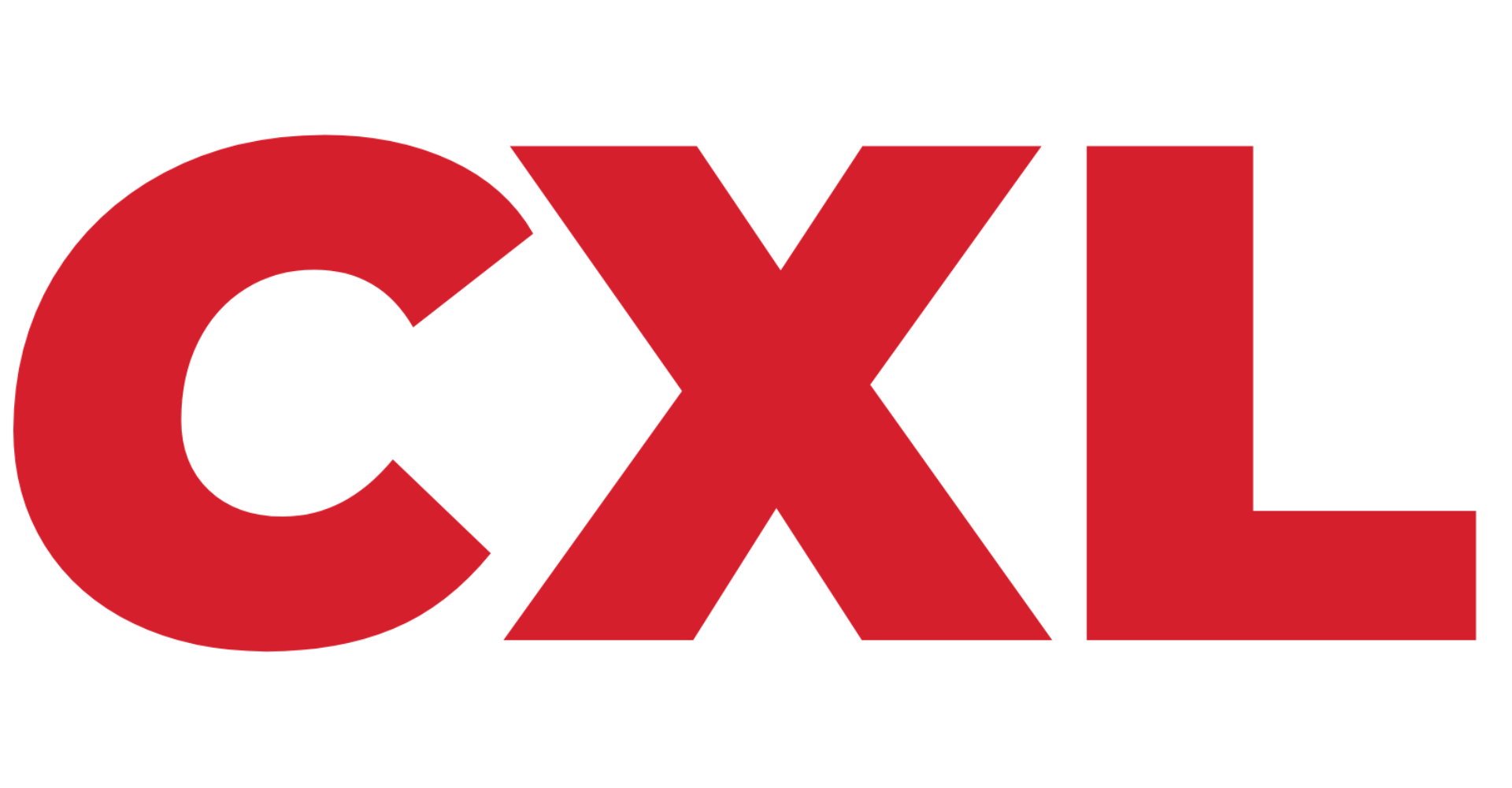
_01J6F785ZBZASFHKEVN1TFFKX8.png)
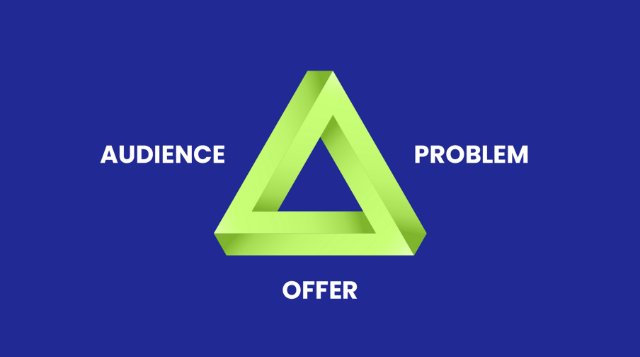
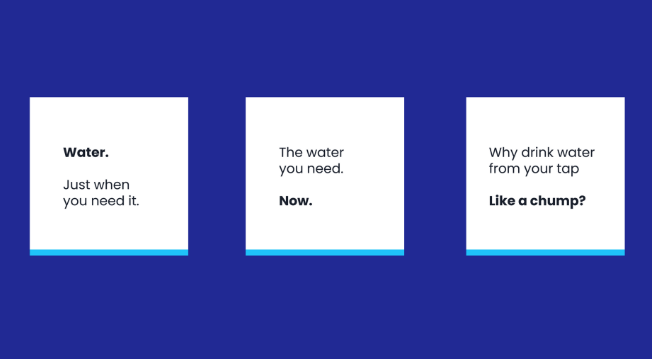
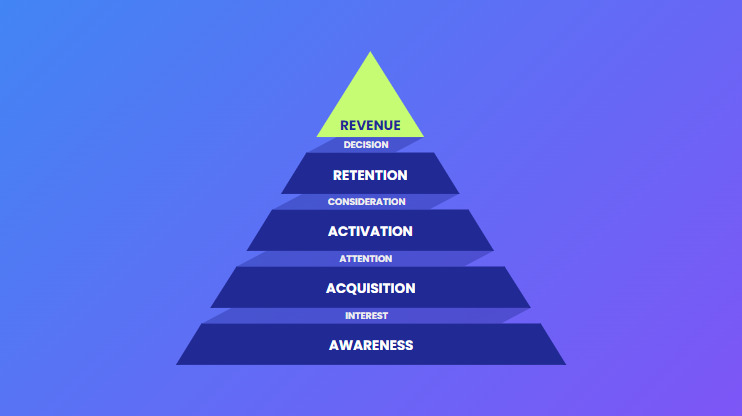
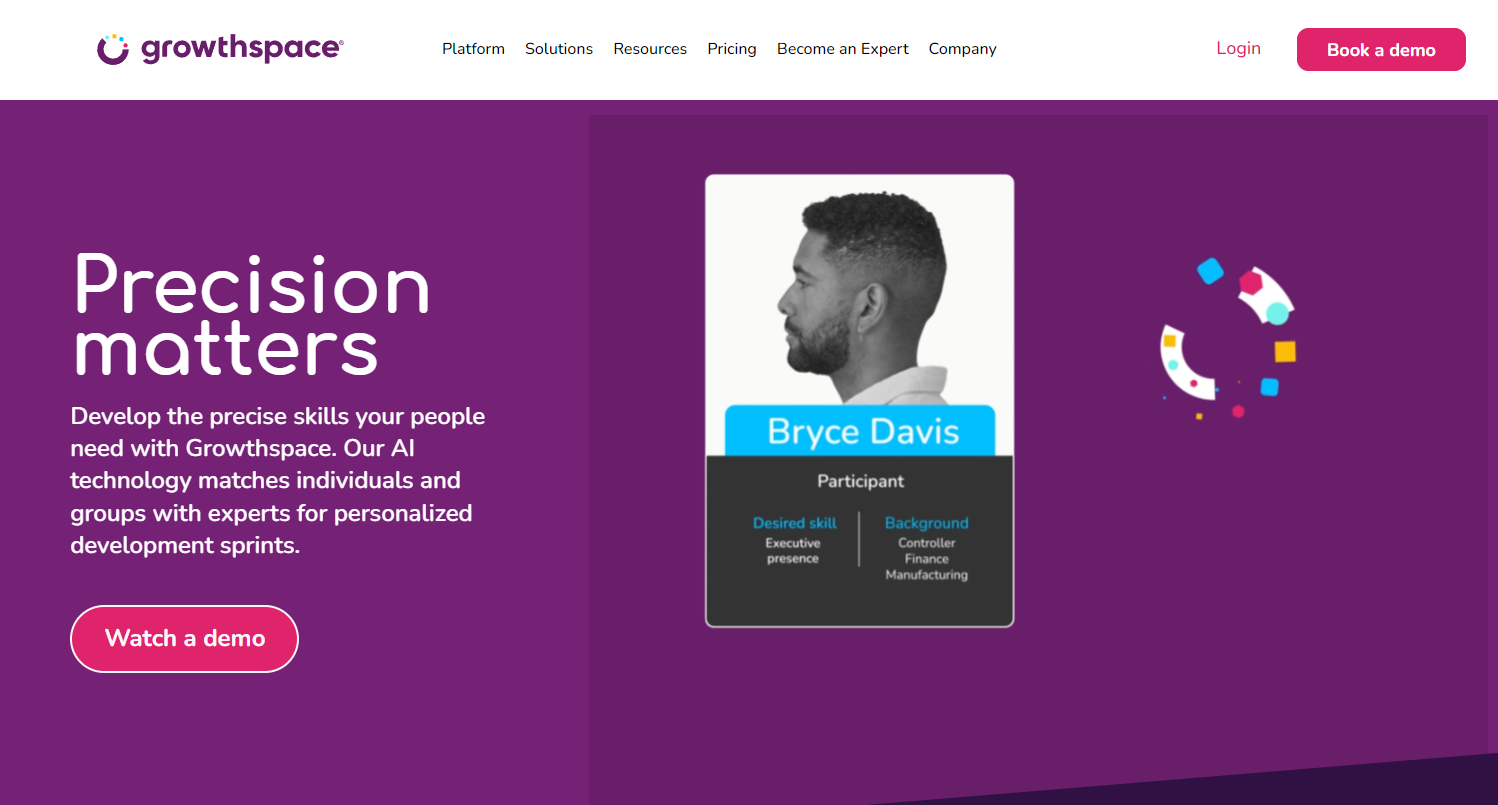
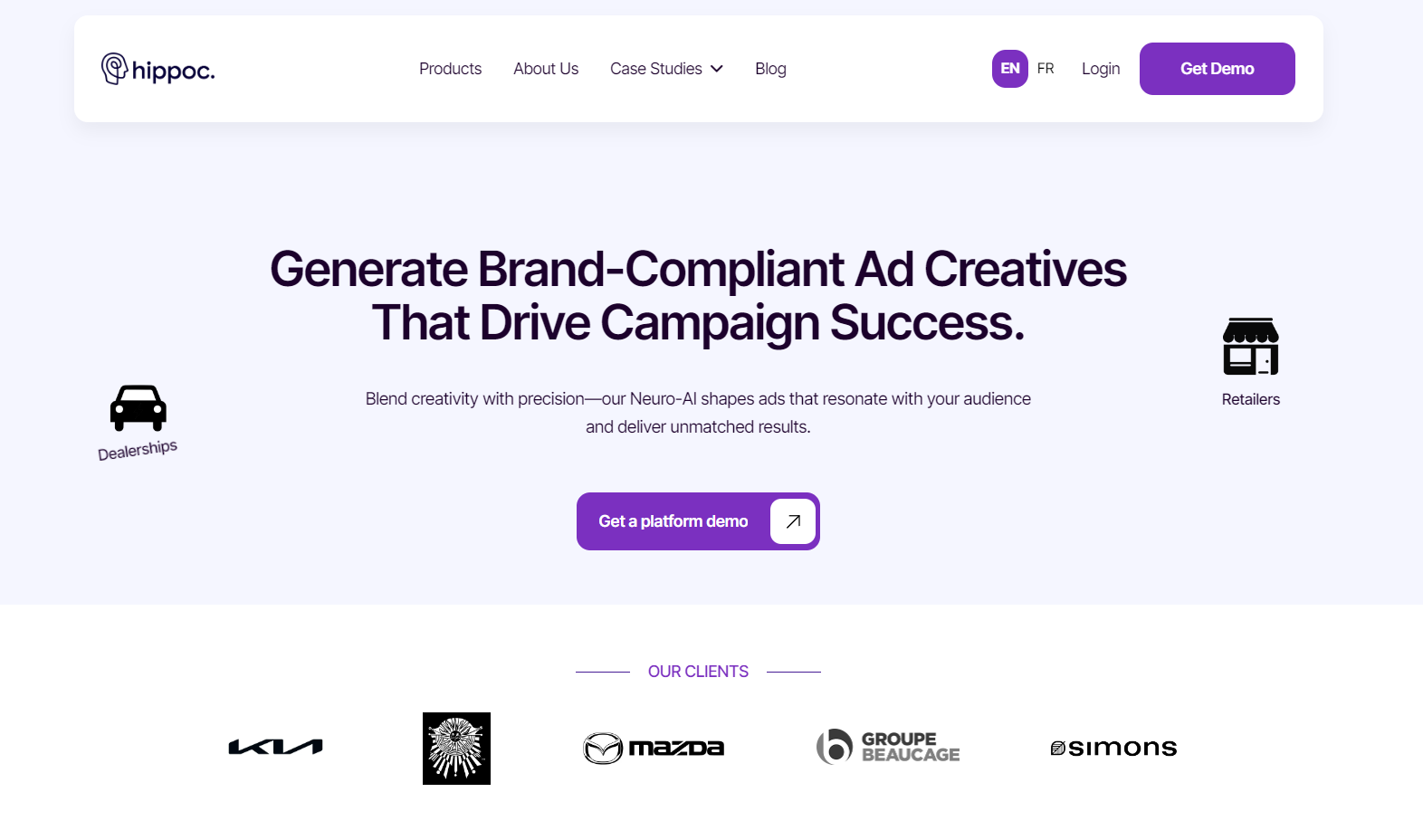
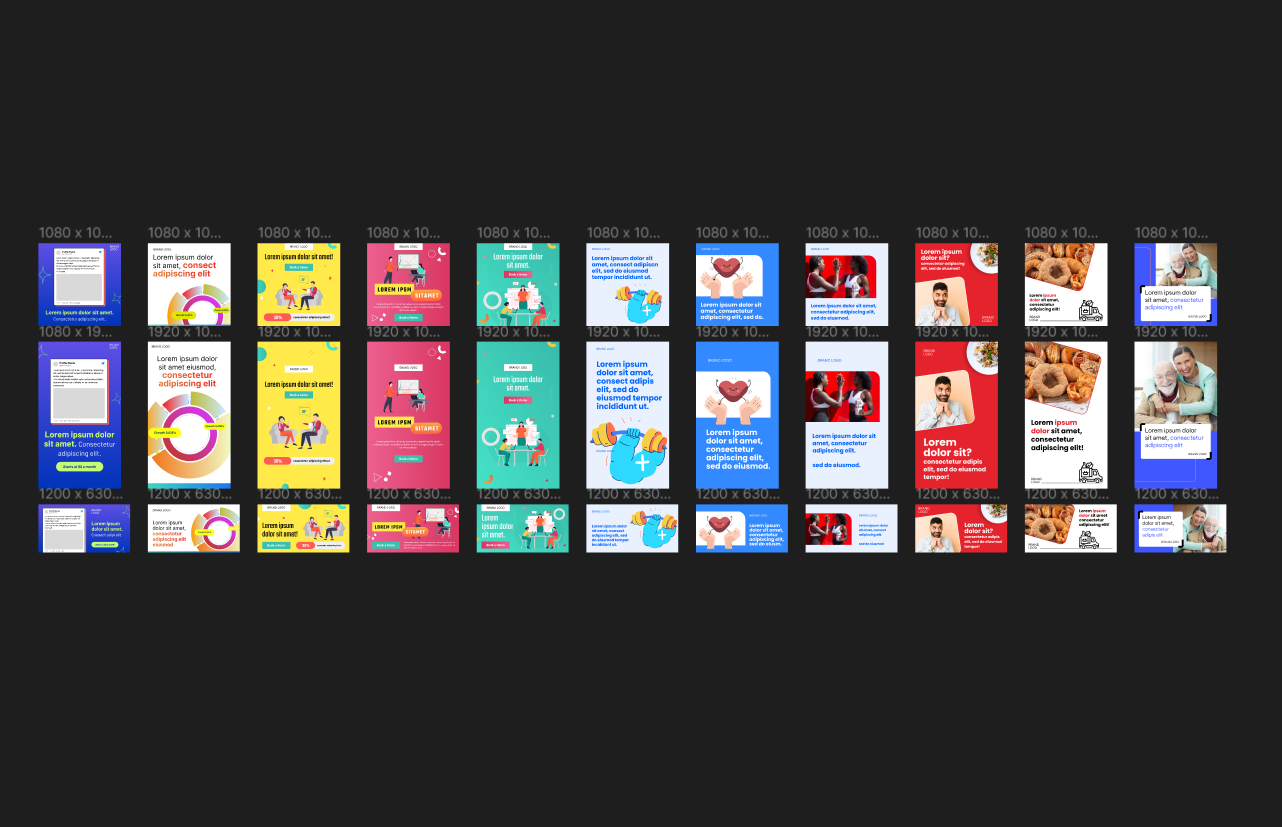
_01J5D87MY6E2WJRNBDEEHEQWRM.png)